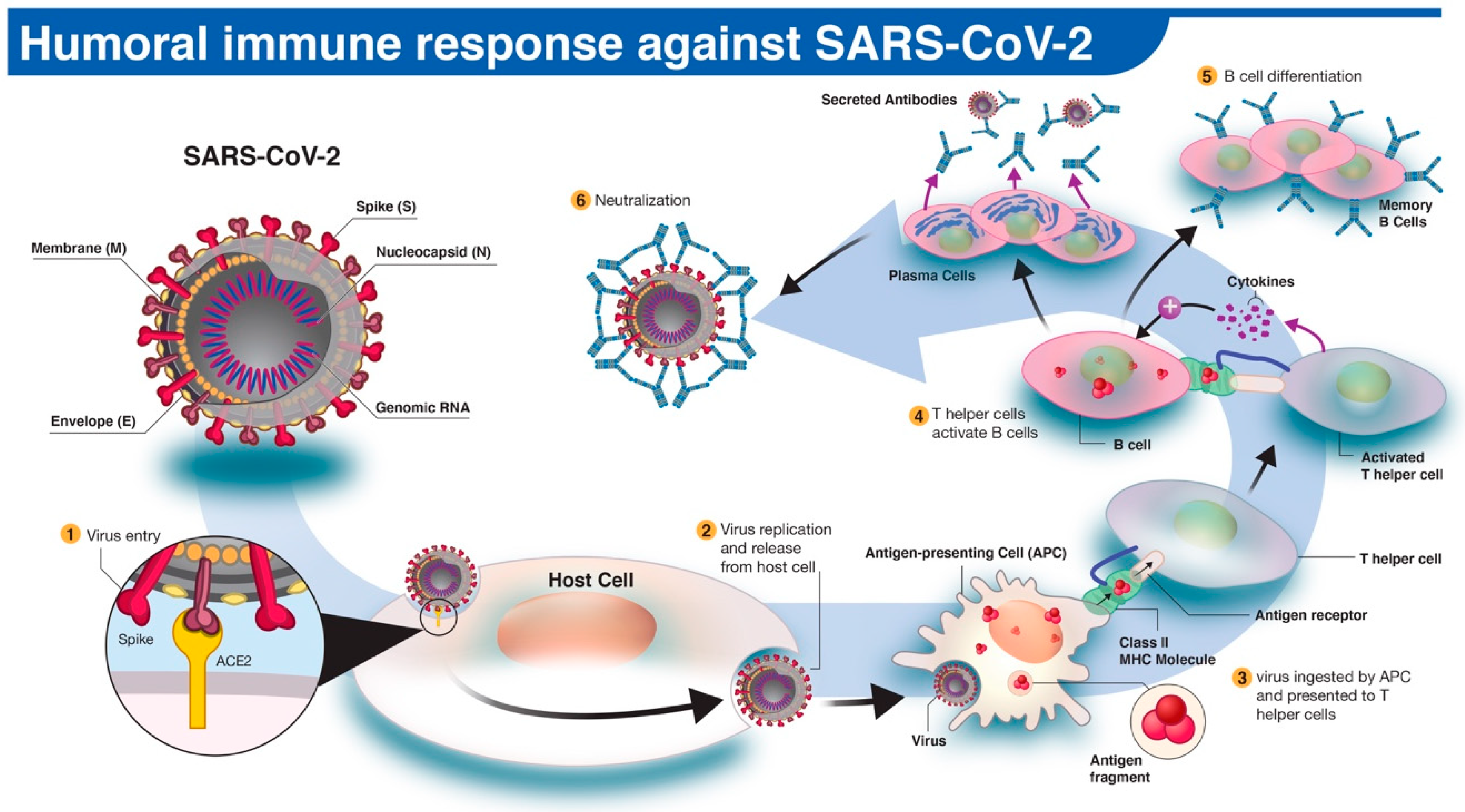

Testing for HCV infection: An update of guidance for clinicians and laboratorians. § If the person tested is suspected of having HCV exposure within the past 6 months, or has clinical evidence of HCV disease, or if there is concern regarding the handling or storage of the test specimen. † It is recommended before initiating antiviral therapy to retest for HCV RNA in a subsequent blood sample to confirm HCV RNA positivity. If the person tested is immunocompromised, consider testing for HCV RNA.

* If HCV RNA testing is not feasible and person tested is not immunocompromised, do follow-up testing for HCV antibody to demonstrate seroconversion. In certain situations,§ follow up with HCV RNA testing and appropriate counseling. If distinction between true positivity and biologic false positivity for HCV antibody is desired, and if sample is repeatedly reactive in the initial test, test with another HCV antibody assay. had their UID reactivity disappear in which an auto or alloantibody (anti-E, -C, -K, -Jka, -D. No further action required in most cases. Solid-Phase and Test Tube PEG Antibody Detection Methods. HCV antibody reactive, HCV RNA not detected Provide person tested with appropriate counseling and link person tested to care and treatment.† Test for HCV RNA to identify current infection. If recent exposure in person tested is suspected, test for HCV RNA.*Ī repeatedly reactive result is consistent with current HCV infection, or past HCV infection that has resolved, or biologic false positivity for HCV antibody. Sample can be reported as nonreactive for HCV antibody. Circulating immune complexes may provide a reservoir of antibody with potential diagnostic and therapeutic applications.Interpretation and Further Actions HCV antibody nonreactive Specificity analysis of one serum sample after dissociation revealed that the antibody detected an antigen common to SCCHN cell lines as well as melanoma, glioma, renal, and colon carcinoma cell lines. Only six of the untreated sera had detectable antibody reactivity against the autologous SCCHN cell line whereas following AD-U all 12 sera had enhanced IgG reactivity against autologous SCCHN. Twelve serum samples from eight patients were subjected to acid dissociation and ultrafiltration (AD-U). Due to the low titer of autologous antibody reactivity in most sera, we sought to determine if dissociation of immune complexes through acidification and ultrafiltration of serum might enhance detectable antibody reactivity as has been done in previous studies in melanoma. Absorption analysis showed that this antigen was also expressed on 6 of 10 allogeneic SCCHN cell lines but not on autologous fibroblasts or on allogeneic melanoma cell lines. Analysis of higher titer sera from one patient revealed antibodies that define an antigen expressed on autologous tumor cells cultured from both the primary tumor (UM-SCC-17A) and from a metastasis (UM-SCC-17B). In 10 cases autologous antibody reactivity could be detected only in undiluted serum precluding further analysis. Reduction of IgG1, IgG2 and IgG4 levels was observed after treatment with DEC. volvulus) was predominantly comprised of IgG1 and IgG2. Autologous antibody reactivity (median titer of 1:4) was detected in sera from 24 of the patients tested. Further, evaluation of the antibody subclasses indicated that the reactivity to the glycan antigens across the most reactive infection groups (B. Serum antibody reactivity to squamous cell carcinoma of the head and neck (SCCHN) was evaluated in 41 autologous serum-tumor cell line combinations using the protein A hemadsorption assay.


 0 kommentar(er)
0 kommentar(er)
